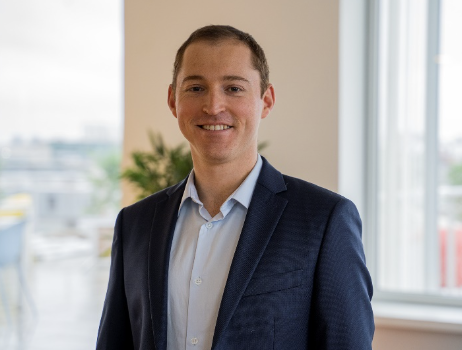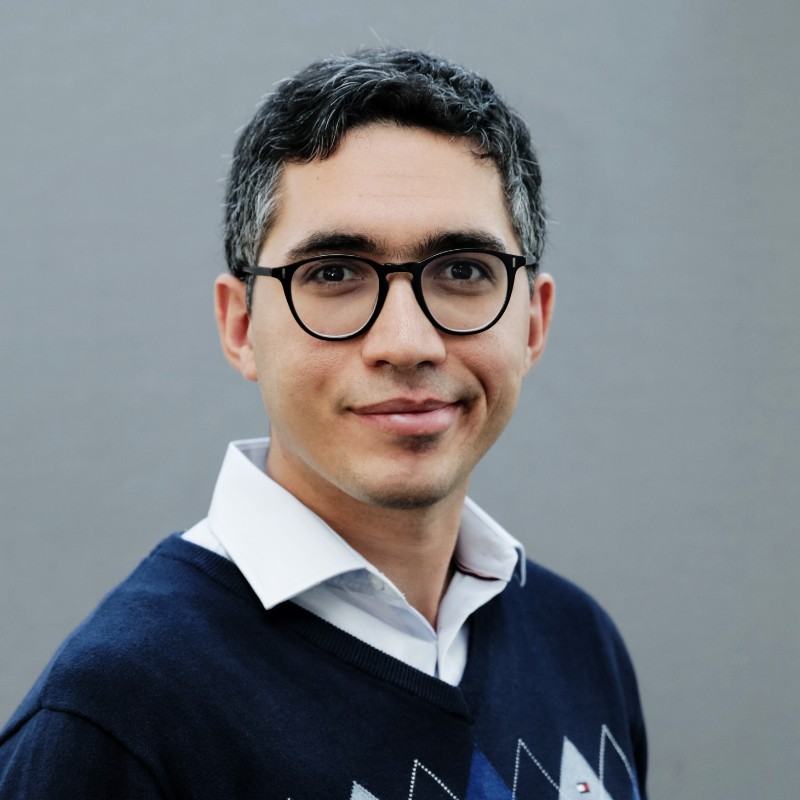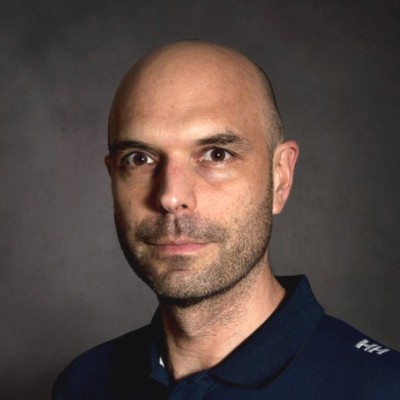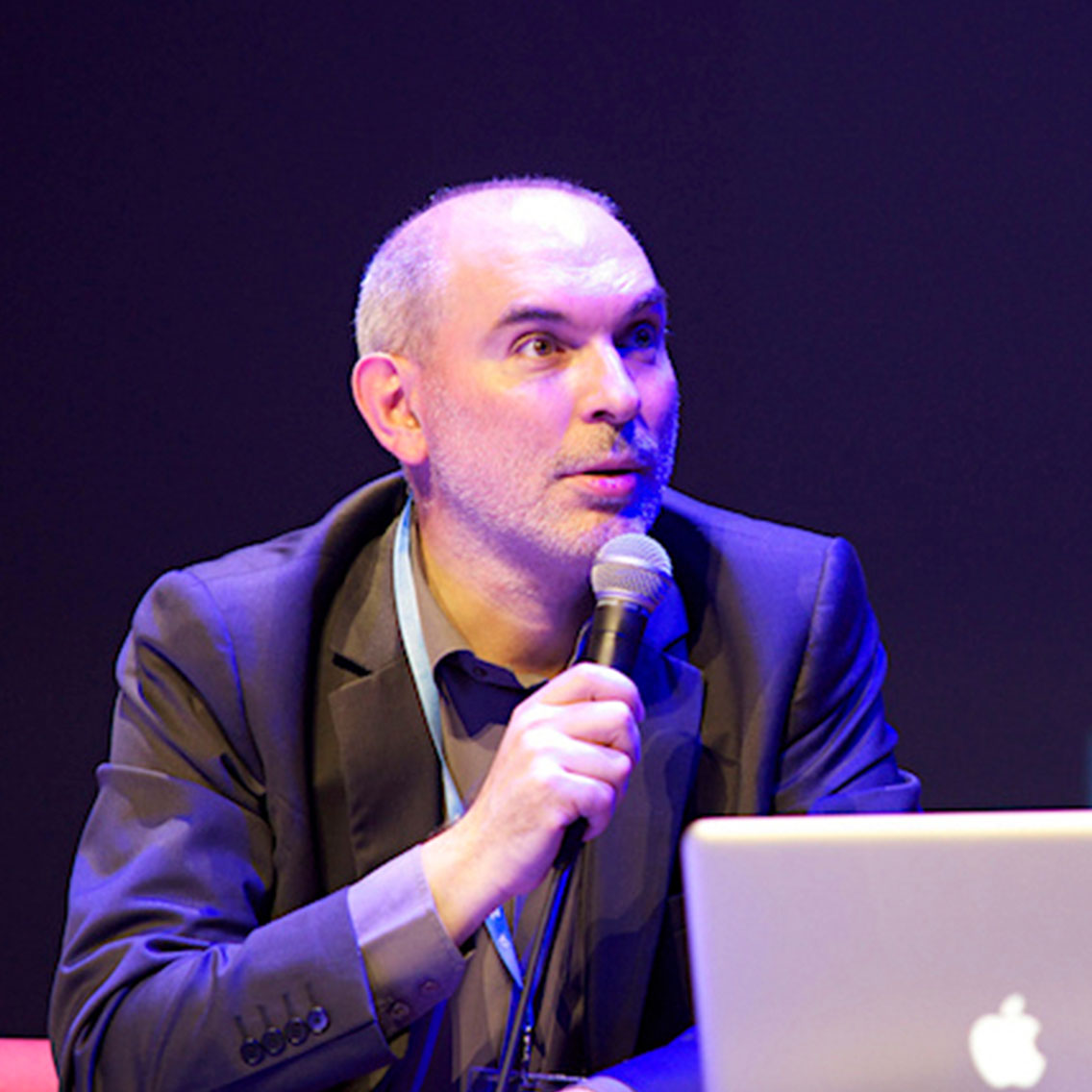3 questions to Eric Sibony - Co-founder & Product Director of Shift Technology

Eric Sibony is Co-Founder and Chief Product and Science Officer of Shift Technology, a provider of decision automation and optimization solutions for the global insurance industry. Since the establishment of the company, Eric has supervised the design of the solution and its evolution, as well as the R&D on the algorithms that it uses. He holds a PhD in machine learning.
1. Could you tell us in concrete terms how Shift Technology's AI solutions help detect fraud in the insurance industry? Can you give us some examples?
Since the creation of Shift, our first objective has been to offer insurers a SaaS solution for fraud detection based on artificial intelligence. Fraud is a major problem for the insurance industry, representing more than two and a half billion euros in losses per year in France alone, not including health insurance and personal protection. A burden that is reflected in the premiums paid by policyholders.
Once this goal was achieved, we turned our attention to the issue of automating the policyholder journey, and gradually developed Shift Insurance Decisioning Platform, a software platform that uses AI to help insurers make better decisions throughout the underwriting and claims processes.
The core business of Shift's solutions is to apply Artificial Intelligence to better serve the insurance industry, in particular by helping them make the best decisions. AI can be used to identify anomalies, suspicious behavior, fraud patterns, etc. in all critical processes related to the various stages of an insurance policy. Properly applied, it makes sense of large volumes of data, and above all, transforms them into actionable information.
In concrete terms, our Claims Fraud Detection solution detects suspicious claims in real time, and provides clear information to managers to help them make decisions quickly and efficiently. The AI we use cross-references claims and policy data with external data and analyzes it in a secure environment. A suspicion score is then assigned to each claim, and we have indicators in place that explain why the claim is suspicious, as well as investigative leads. This allows the anti-fraud teams to focus on the really suspicious cases, and helps them to process them until the fraud is proven (request for additional information, verification of file documents, on-site investigation, etc.)
Here are a few examples of large-scale or networked frauds that our solutions have recently detected:
- A network of fraudsters whose specificity was to burn houses to launder money and make capital gains. In this case, the modus operandi is often the same. An individual buys a house in poor condition for a low price, preferably in old stone and in an isolated location in the country with as few neighbors as possible. He fills it with equipment bought at a modest price - second-hand appliances, furniture of lesser value... - before having an accomplice set fire to it, taking care to have a solid alibi (for example, a dinner in a restaurant equipped with surveillance cameras). Legally obliged to reimburse the cost of restoring the house (soil decontamination, identical reconstruction with cut stone, etc.), the insurers pay the fraudsters up to three or four times the purchase price of the house! The fraudsters then pocket the money, without ever rebuilding the house. Our Artificial Intelligence uncovered this scheme through the bank accounts used by the crooks, which were the same several times. It is also common for them to use the same phone numbers, email addresses, etc. Finally, our solution is able to establish a link between several people who have experienced the same type of damage over a given period.
- The same principle was applied to another network, whose members were buying recent high-end vehicles at a reduced price, but which had been in an accident and not repaired, or with major engine problems. They bought them in Belgium or Germany, countries where it is allowed to pay cash, imported them in France and registered them, before burning them or crashing them severely a few months later to be reimbursed the price of the new vehicles. In this configuration, our solutions are able to find social connections between several individuals involved in the same type of accident, with vehicles from the same country and over a relatively short period of time. They can also see that a vehicle has been involved in an accident abroad before the start of its insurance contract in France.
- An important trend that Shift's AI allows to detect is the so-called "straight-to-process" claims fraud, which is more or less automated, linked to false identities or identity theft. Today, for certain basic damages, whose estimated amounts are lower than 1500 euros, such as a small water damage, insurers often do not send an expert on site, in order to limit the costs. They then immediately reimburse their clients on the basis of a simple estimate or even a simple description of the damage. Many fraudsters take advantage of this system: they assume false identities, or impersonate others - for example, by stealing lists of company employees. They take out a home insurance policy, wait a few months, and declare water damage for each profile at just below the threshold set by the insurer for handling the claim privately. They then terminate their contract after being reimbursed and disappear into thin air. In cases like these, the suspicion of Shift is based on the fact that several policyholders in the same job or using the same IP address suffer the same damage at about the same time.
- There are also many examples in the health sector, particularly in the optical and dental sectors. Fraudsters do not hesitate to canvass on social networks individuals who have not used a package to which they are entitled, open a file in their name and produce false invoices in exchange for part of the sum thus recovered - or rather, obtained. Here, Shift can detect false invoices (reuse of identical templates, traces of Photoshop, inconsistencies, etc.), but also, thanks to recurrence models, an incompatibility in the sequence of care or in the type of care in relation to the profiles of the insured concerned. In the same vein, the solution will issue an alert of suspected fraud if few drugs have been purchased in the pharmacy during the months following a hospitalization, or if no specific treatment is performed after the installation of a dental crown, which may suggest that the first care service was fictitious.
2. Does Chat GPT, the new technology developed by OpenAI, pose any challenges for insurers and are you working on safeguards at Shift Technology?
This new technology, in its current form, does not really impact insurers. Chat GPT is fed by information that is essentially available online, and therefore 'public', whereas most of the data processed by insurers is private data. Therefore, there is no real interference between the two. Moreover, when an insured declares a claim, it is a priori in his interest to tell things as they really happened; as for the fraudster, he will try to lie in a very precise way. In both cases, the use of Chat GPT does not seem to be a particularly interesting solution.
If this changes in the future, we will probably adapt our solutions to cover all eventualities. Our goal at Shift Technology has always been to achieve the highest level of security and compliance.
3. From your point of view, what will be the next big revolution in NLP?
Considering the latest innovations, including DALL-E and Chat GPT, I would say that the next step could be the use of NPL to generate reports of all kinds. From there, one could imagine this technology being deployed on a predefined scope, with a precise data system, like that of a company. The work of all the actors producing this type of reports in our current economy would be greatly facilitated. Perhaps to the point of leading to a major revolution in certain professions.
Another possible extension would be the enumeration of all the sources used by the NPL - even if this seems statistically complicated. To reach this point, we would have to be able to trust the AI absolutely, but we are not there yet.


